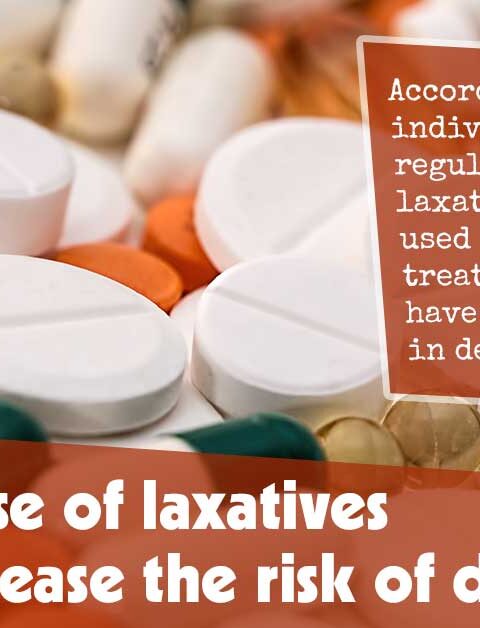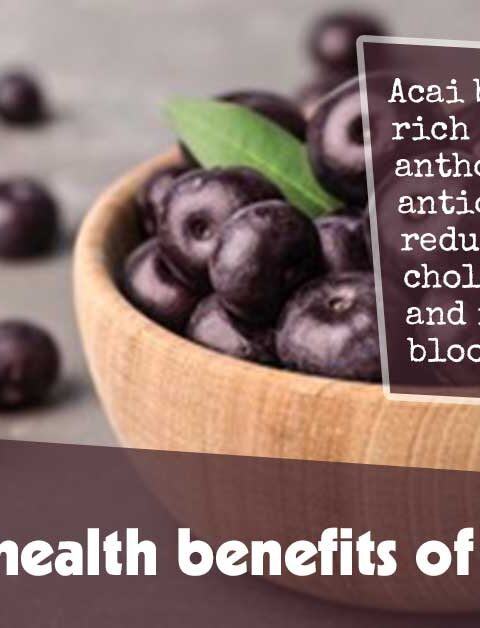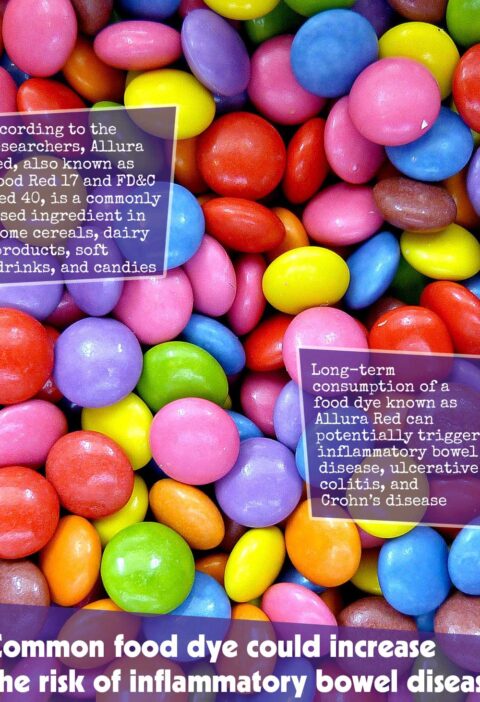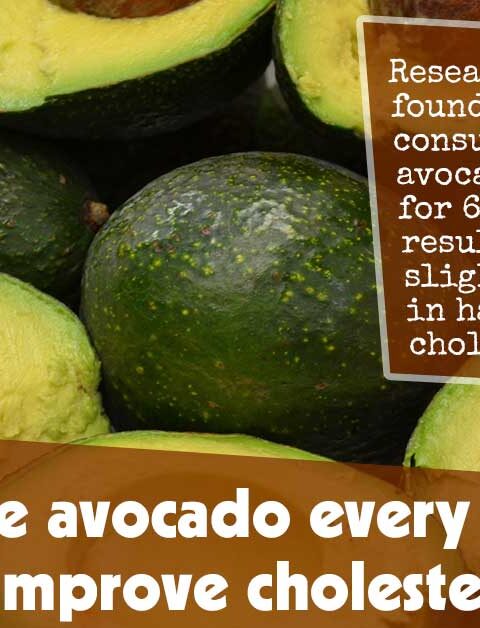Cabbage juice was first proven effective against ulcers in 1949 in a small study conducted.
Cabbage juice was found to significantly shorten healing time for six individuals suffering from gastric ulcers who took it as treatment, compared with 42 days for individuals receiving conventional therapy for stomach ulcers.
Seven individuals suffering from duodenal ulcers took an average of 10.4 days to heal compared to 37 days for individuals taking conventional treatments for stomach ulcers.
Scientists initially recognized this cabbage ingredient with anti-ulcer properties as “vitamin U,” due to its anti-ulcer properties; later it was known by its full name: S-methylmethionine sulfonium chloride (SMMS). SMMS helps increase mucin production – a mucous membrane secretion which provides protection for both the esophagus and stomach surfaces – through increasing mucous membrane secretion production and secretion, thus helping create an anti-ulcer environment within. SMMS helps increase mucin production which protects surfaces while increasing mucin secretion to help create a protective layer around these organs thereby providing an additional protective barrier from ulcers.
Cabbage juice provides an abundant source of sulforaphane, an antioxidant with powerful antibacterial properties that protects against Helicobacter pylori, the bacteria responsible for most cases of peptic ulcers.
Another study has confirmed the benefits of using cabbage juice juicer for treating peptic ulcers.
Can raw cabbage provide similar benefits as drinking cabbage juice for ulcers? Consuming raw cabbage could potentially provide similar therapeutic results as drinking the juice, though this would likely be less convenient and could even increase digestion issues due to fiber that contributes to gas and digestive discomforts. Juicing will eliminate this source of discomfort while eating raw cabbage will simply provide its full health benefits without risk.
Cabbage juice provides superior nutrition than whole cabbage when consumed whole, and makes consuming a necessary quantity easier compared to indulging in excessive coleslaw salad amounts.
Can cooked cabbage be used to treat ulcers?
Unfortunately, cooking the vegetable destroys Vitamin U content; for optimal treatment of ulcers it should be juiced instead of eaten whole.
How much cabbage juice a day for ulcers?
In one research study involving 1949 participants, each consumed 200ml of cabbage juice five times throughout each day – seasoning it with salt, pepper and tomato juice to enhance flavor if necessary; three individuals took an alternative mix containing 25% celery juice and 75% cabbage juice instead; average healing times averaged out to 9 days with some participants responding within six days, others taking up to 23 days.
How can cabbage juice help ulcers?
Cabbage juice can easily be prepared at home using either a juicer or blender, with vegetables such as carrots, celery and apples added for flavour enhancement and neutralization of its strong taste.
Cabbage juice recipe for ulcers
Begin by using half of a medium cabbage to form about 60% of your cabbage juice mix, along with enough celery for 15% of it.
Add enough carrots to comprise about 15% of your cabbage juice mix. Apple may be added for flavor; just be sure that it doesn’t account for more than 10%.







